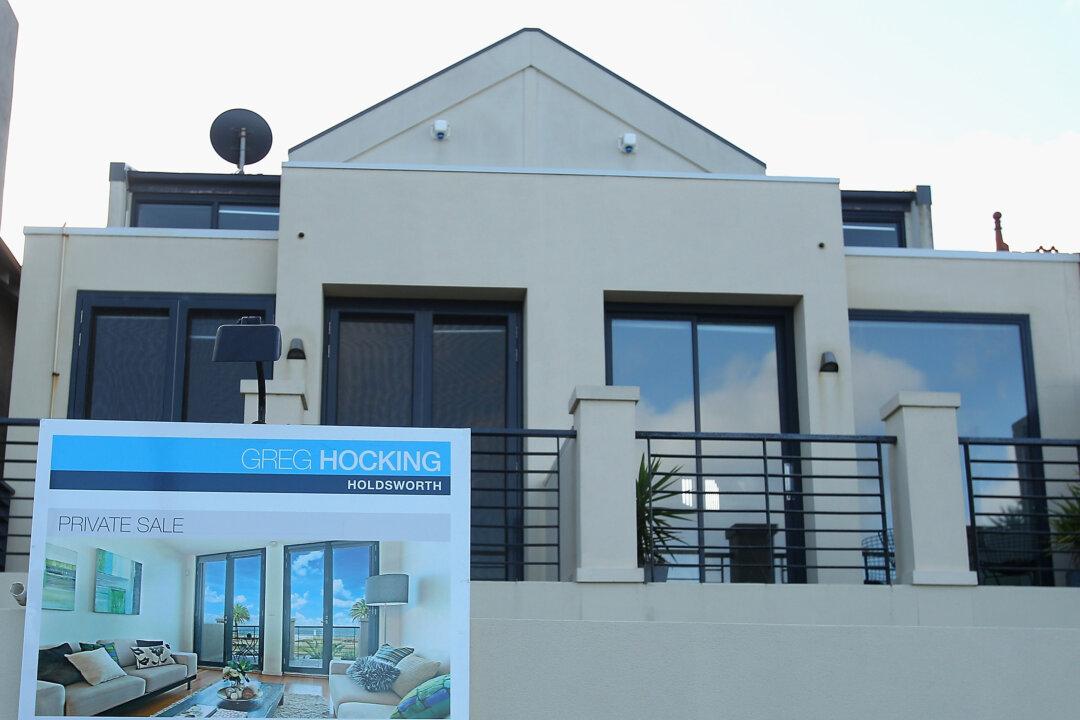New housing in Victoria is slated to be the lowest in seven years, making it harder to achieve the Victorian government’s decade-long housing target of 800,000 new homes.
Urban Property noted that the construction of new dwellings across Victoria had fallen 3 percent from 12 months ago, with 67,400 houses underway, citing Australian Bureau of Statistics data.
The real estate developer said this is due to the decline in high-density apartment development, with current apartment construction being 21 percent lower than its peak in 2019.
Housing Industry Association (HIA) senior economist Tom Devitt said the state is expected to build fewer than 60,000 new homes this year, which falls short of its 80,000 annual 10-year state government goal. Mr. Devitt asserted the construction of multi-units is necessary to reach new housing construction targets.
Due to rising financing costs, compromised borrowing capacity, and a 25 percent increase in construction prices over the past three years, the supply of new housing in Victoria will likely continue to decrease in the succeeding years.
The state’s approved dwellings are currently 17 percent lower than the 10-year average, further proving the forecasted housing stock decline.
HIA Managing Director Jocelyn Martin has called on the federal government to address the shortage of skilled labour and apprentices in the residential building industry, which could further impact the housing supply.
Ms. Martin’s comment comes after the release of the HIA Trades Report, which showed the absorption of skilled trades by infrastructure projects, mining, and other non-residential projects.
Ms. Martin suggested alleviating the situation by using financial incentives or targeting weaknesses in the skilled trade visa system. This includes retaining existing subsidies in the Priority Wage Subsidy and improving immigration settings by allowing the construction industry to acquire overseas skilled labour.
“The government’s push to make things in Australia, under the Future Australia Made program, is commendable but won’t get out of the starting gate if there isn’t an adequate supply of skilled labour,” Ms. Martin added.
“Similarly, the push on net zero reforms by governments places a real risk on more workers being directed into other industries and away from key demand workers in our industry.”
As Victoria’s population grows at record levels, housing finance commitments in February 2024 amount to $82.1 billion, which remains 10 percent above the 10-year average, Urban Property said.
Investors account for 31 percent of said commitments in Victoria, a 7 percent increase from their share three years ago.
Meanwhile, HIA ranks Victoria as the nation’s second-worst state for new home investments due to high land taxes.
Mr. Devitt stresses that these extra costs will discourage investors from entering the housing market in the future.
Despite this, Urban Property Australia anticipates a growth in investor shares in housing loans.
According to the Real Estate Institute of Victoria (REIV) data, median house prices and median unit prices in Melbourne increased by 2.1 percent and 0.3 percent, amounting to $928,500 and $634,500, respectively in the March 2024 quarter. However, both are still lower than the prices recorded 12 months ago.
REIV also revealed that median house prices in regional Victoria decreased by 0.7 percent to $605,000.
In contrast, median unit prices in the region remained stable at $418,000, but they are still lower than levels recorded 12 months ago.
Given the undersupply of housing, pervasive pressures on the cost of living, and challenges in housing affordability, Urban Property’s outlook on housing prices will remain subdued.
On the other hand, Melbourne’s vacancy rates decreased to 2.1 percent, which remains below the 10-year average of 3 percent. Meanwhile, residential rents recorded substantial increases by 13.4 percent over the year across all precincts in the city.
Looking ahead, Urban Property projects steadily low vacancy rates and increasing residential rents in the upcoming years.






